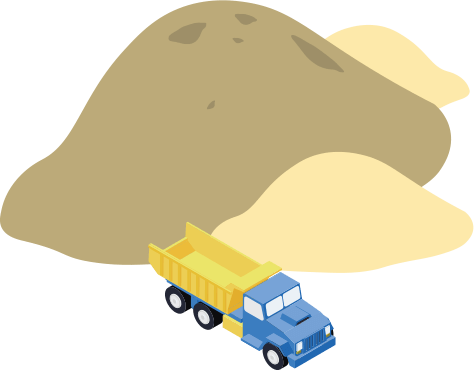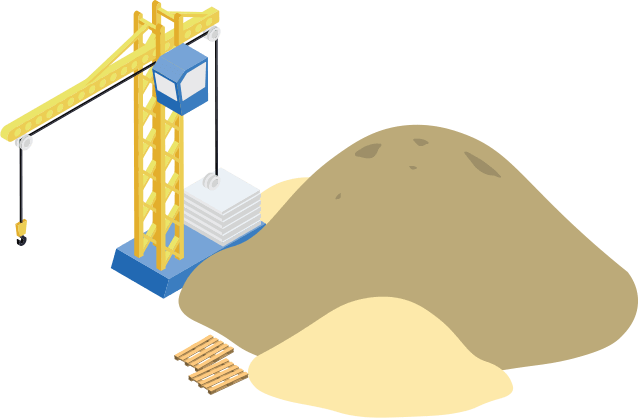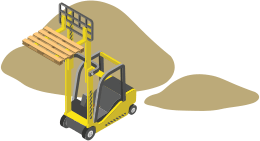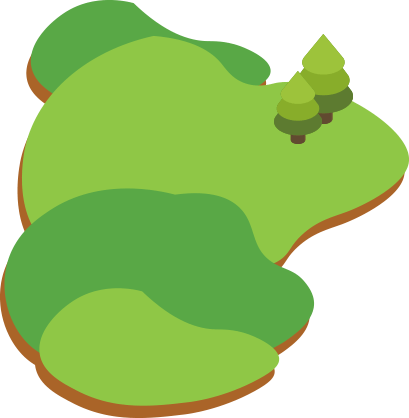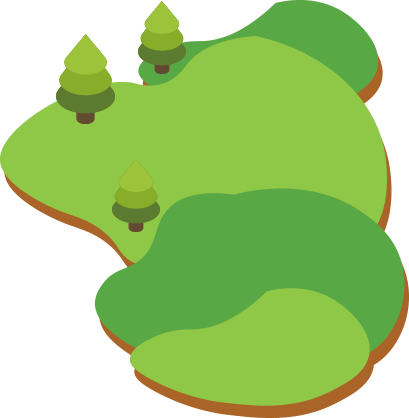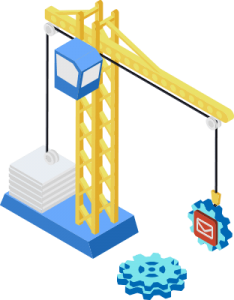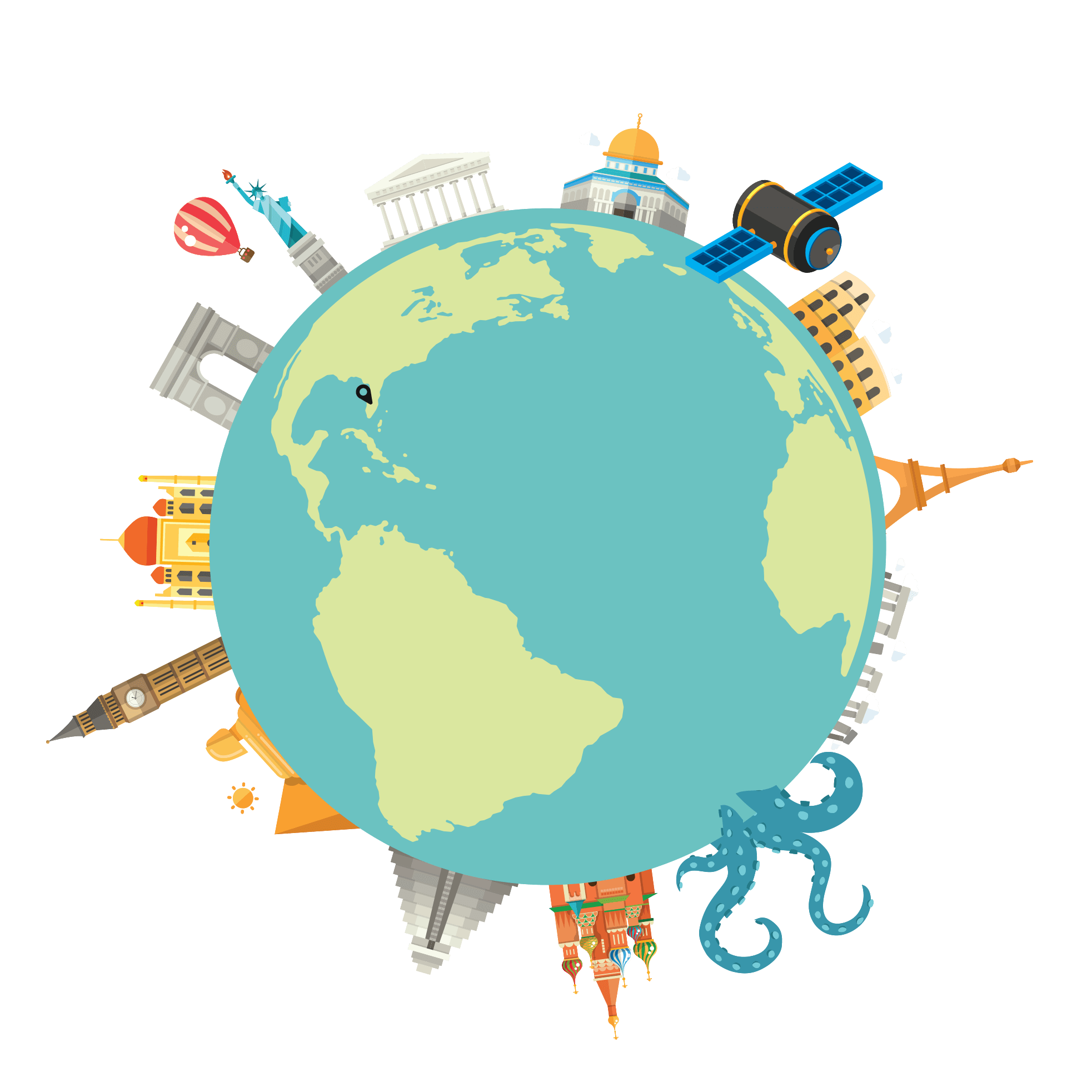When you do a search on Google, you arrive on a page displaying several kinds of information. In our industry we call these SERPs – Search Engine Results Pages.
Google is constantly tinkering with these. They have several goals in mind. One of them, it turns out, is to increase their revenue.
On the average SERP, there are as many as 3 different kinds of information displayed:
Search Ads. Displayed at the top and sometimes bottom of the page, these are “pay-per-click” ads – every time you click on one of these ads, Google gets paid by the advertiser.
Map Listings. When you’re doing a local search, like “dry cleaners 33606” Google will usually display a small map showing what it considers are the top 3 nearby businesses for that search. Information and links are shown usually below the map. How close to your search location is an important factor in determining which 3 businesses Google displays.
Organic Search. These are the listings of websites that Google ranks in order based on what it thinks are the best answers to your search. There positions are earned, purely by Google’s evaluation of your website in relation to your search term.
Of these three, the first is the only one Google gets paid for – and it is by far the largest source of income for them. It is no surprise then that over the last few years, Google has been making changes to gradually shift people from clicking on organic search results in the direction of more paid clicks.
Seven or 8 years ago, at most 1 in 3 clicks on a SERP would be on the paid ads. In many cases it was as low as 1 in 7. There were several reasons for this, first and foremost that people TRUSTED organic search results. They knew those positions were earned. Paid ads got their position by paying for them. Organic search results also provided more information, to help you decide whether or where to click.
Now, for one thing, a lot of times you don’t even see the organic search results until you start scrolling down. All you see at first is paid ads and map listings. Until a year or so ago that was never true as ads would appear on the right side, there were always organic search results top left.
There is also more information shown now for the paid ads, comparable to what you see for organic results. And the signs that tell you this is an ad, are a lot less visible.
The net result? In some industries, half the clicks are now coming from the paid ads. The difference is coming out of organic search results. Being at the top of organic search results is still a great thing. It just isn’t as good as it once was. And as the number of clicks organic search gets you erodes, advertisers are forced to spend, or spend more, on paid ads to get the same amount of traffic.
We don’t know – Google doesn’t talk about it, and I’ve seen no independent studies – if this shift is eroding trust in Google. I’m sure they are watching this closely as it is the one thing that could cause them to retreat from this strategy. But Google has maintained its domination of search, still easily 2/3 of all searches in the U.S. are on Google. In most of the industries we deal with it is much higher than that, to a point where we can ignore other search engines. Where Google leads, Bing and Yahoo better follow.


